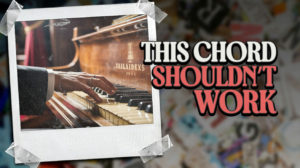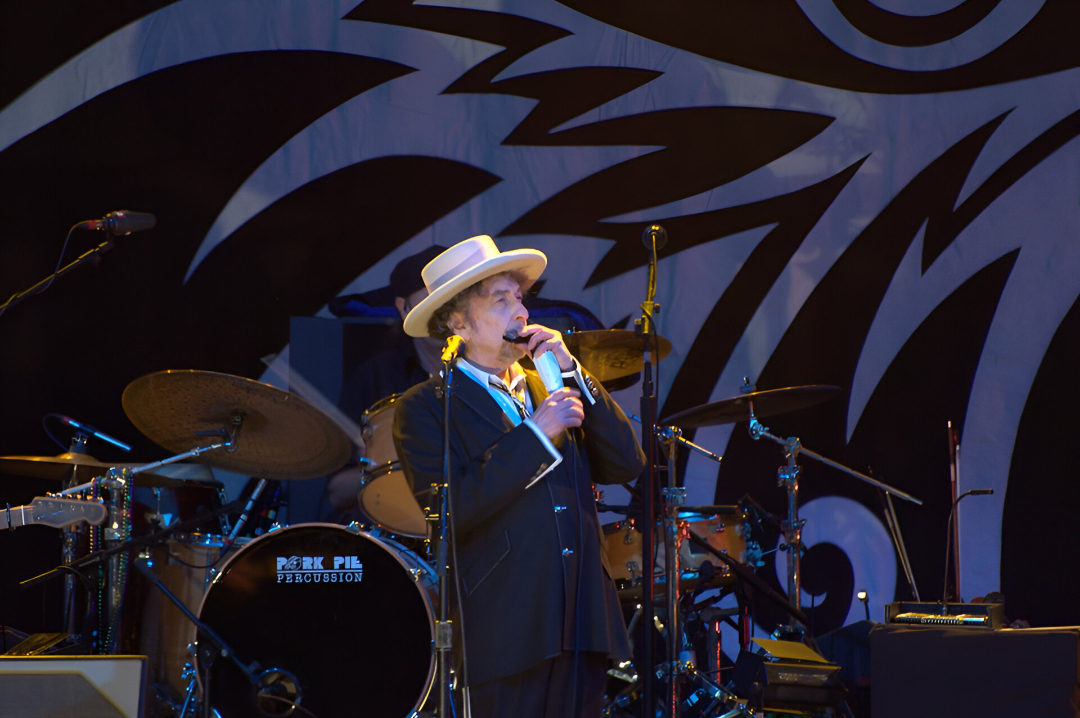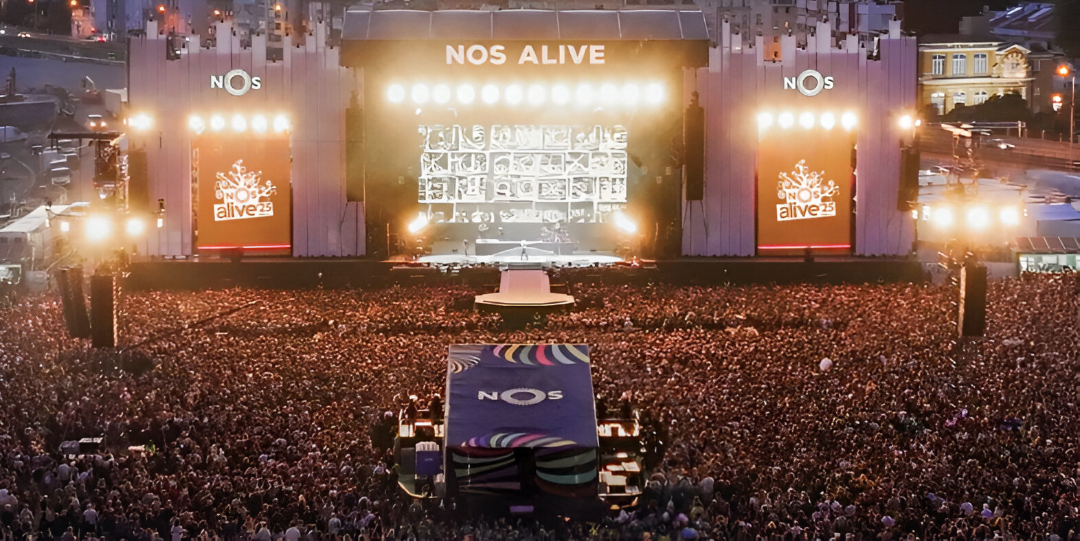
Musicians now carry recording studios, practice spaces, and performance tools in devices smaller than a cassette tape. The technological revolution that once required rooms of equipment and thousands of dollars now fits in a pocket, runs on battery power, and costs less than a decent guitar strap. Mobile music apps have democratized everything from composition to collaboration in ways that would stun even the tech-savviest artists from a decade ago.
These apps represent the new essentials of modern musicianship.
9. Tick Tick

Musicians’ brains tend to operate like browsers with 47 tabs open simultaneously—brilliant for creativity, terrible for organization. Tick Tick brings order to this beautiful chaos with task management that turns scattered musical ambitions into actionable plans. It organizes practice sessions with the precision of a concert conductor, all while tracking your habits better than your mom ever could.
The app will make you better at organizing tracks by creating dedicated folders for each song project, complete with checklists that transform abstract goals like “get better at this riff” into concrete tasks. At $35.99 yearly (with a surprisingly capable free tier), Tick Tick works across every device you own—phone, tablet, computer—syncing faster than bandmates agreeing on pizza toppings.
8. YouTube Playlists

The paper setlist—crumpled, coffee-stained, and inevitably missing right before showtime—was once a band’s most unreliable roadie. YouTube Playlists represent the digital evolution of this musty relic, turning chaotic paper scraps into synchronized digital plans that update across all devices faster than news travels in a small town.
The beauty lies in its simplicity and universal access. Band members with ancient iPhones, cutting-edge Androids, or laptops all see identical information in real-time.
Make one change before rehearsal, and everyone instantly gets the update—no more “I didn’t get that text” excuses from the bassist who keeps playing the wrong set. Being free and requiring no special apps beyond YouTube (which everyone already has), it’s become the stealth MVP of band organization.
7. Clear Tune

The quest for perfect tuning has evolved from massive rack-mounted units to fork-sized clip-ons to—finally—the smartphone app that lives in your pocket. Clear Tune represents the current pinnacle of this evolutionary chain with accuracy that rivals dedicated hardware at a fraction of both cost and size. Its analog-style interface provides visual feedback that feels instantly familiar to musicians raised on physical tuners.
Priced at $4.99 as a one-time purchase for both iOS and Android, Clear Tune delivers remarkable value compared to the $30+ hardware alternatives. The app shines brightest in acoustic environments, though noisy venues might require a clip-on mic attachment for best results.
Pro musicians often keep Clear Tune as a backup even when they own expensive hardware tuners, similar to how photographers with expensive cameras still snap quick shots with phones.
6. forScore

Remember hauling around three-ring binders stuffed with dog-eared sheet music? forScore transforms that back-breaking tradition into a svelte digital library that weighs exactly as much as your iPad. This app handles music management with the sophistication of a veteran stage manager—organizing, annotating, and presenting scores exactly when needed without the rustle of turning pages that makes classical conductors twitch.
At $24.99, it’s definitely a pricey app, and primarily designed for iPad users (though it also runs on macOS). Yet professional musicians consider it worth every penny, similar to how photographers justify expensive camera gear.
The real magic happens when you connect Bluetooth page-turning pedals for hands-free navigation through complex pieces. Orchestra members increasingly show up to rehearsals with iPads running forScore instead of traditional sheet music.
5. Smart Click (Steinberg)

In the crowded universe of metronome apps, Smart Click stands out like a perfectly timed rimshot in a quiet moment. Developed by Steinberg—the same folks behind professional studio software Cubase—this free app strips away unnecessary bells and whistles to deliver precise timing with minimal distractions. It’s the digital equivalent of a master drummer tapping tempo on your shoulder.
What makes Smart Click special isn’t fancy features but rather what it doesn’t do—it doesn’t drain your battery, doesn’t require a PhD to operate, and doesn’t bombard you with upgrades and ads. The interface presents just what you need: tempo control, time signature options, and a start button.
Available on both iOS and Android, it’s become the secret weapon for musicians tackling complex rhythmic passages. Sometimes musical progress doesn’t require fancy new technology—just perfect execution of the fundamentals, which is exactly what Smart Click delivers.
4. Moises App

Instead of struggling to figure out what Eddie Van Halen was playing by rewinding cassette tapes a million times, Moises App makes that ancient ritual obsolete with AI tech that would seem like wizardry to musicians from even ten years ago. This digital sorcery separates any song into individual tracks—vocals, drums, bass, guitars—faster than you can say “isolation mode.”
The app doesn’t stop at splitting tracks. It detects chords, spots key changes, and lets you slow down that impossible guitar solo without making it sound like you’re playing records underwater.
Available on both iOS and Android at $9.99 monthly or $79.99 yearly (with a limited free version to test the waters), Moises has become the go-to learning tool for musicians who want to decode songs with surgical precision. Think of it as X-ray vision for your ears—suddenly, everything hidden in the mix becomes crystal clear.
3. Music Collette

Ever been mid-performance when someone yells “Play Free Bird!” and you’re stuck shuffling through papers while your audience loses interest? Music Collette solves this time-honored musical dilemma with the digital equivalent of a personal assistant. The app lets performers search songs instantly, add them to setlists on the fly, and keep the energy flowing smoother than butter on a hot pan.
The interface is refreshingly simple—tap, search, add, play—done in seconds while your bassist tells another bad joke to fill time. Coming in at free for basics with a $4.99 monthly premium tier, it works across iOS and Android devices.
The real magic happens when you connect with audiences who suddenly see their requests transformed from wishful thinking into actual music. No more awkward pauses, just seamless transitions that keep the room vibing.
2. Soundbrenner

The dreaded metronome click has haunted music students since time immemorial—that relentless, mood-killing tick that makes practice feel more like dental surgery than creativity. Soundbrenner flips this ancient torture device into something enjoyable with a wearable metronome that pulses rhythm directly to your body through silent vibrations.
The system works like a musical fitness tracker—strap it on, set your tempo, and feel the beat rather than hearing it. At $119 for the wearable Pulse device (plus a free app with $4.99 monthly premium options), it’s not the cheapest option, but it solves problems traditional metronomes never could.
The app stores all your songs with their tempos, syncs with recording software, and handles complex time signatures that would confuse most beginners. For drummers and ensemble players, it’s practically cheating—like having perfect timing implanted directly into your nervous system.
1. WeTransfer

If you’ve ever tried sending a full-quality live recording through email, you’ve witnessed the digital equivalent of trying to fit an elephant through a keyhole. WeTransfer elegantly solves this bandwidth bottleneck with a drag-drop-done approach to file sharing that feels refreshingly straightforward in our over-complicated digital landscape.
The free tier handles files up to 2GB (enough for most high-quality recordings), while $12 monthly unlocks much larger transfers for serious producers working with multitrack sessions. What separates WeTransfer from cloud storage alternatives is its beautiful simplicity—no accounts needed, just drop files and go.
The 7-day storage window creates just enough urgency to keep projects moving forward rather than languishing in digital limbo.





















